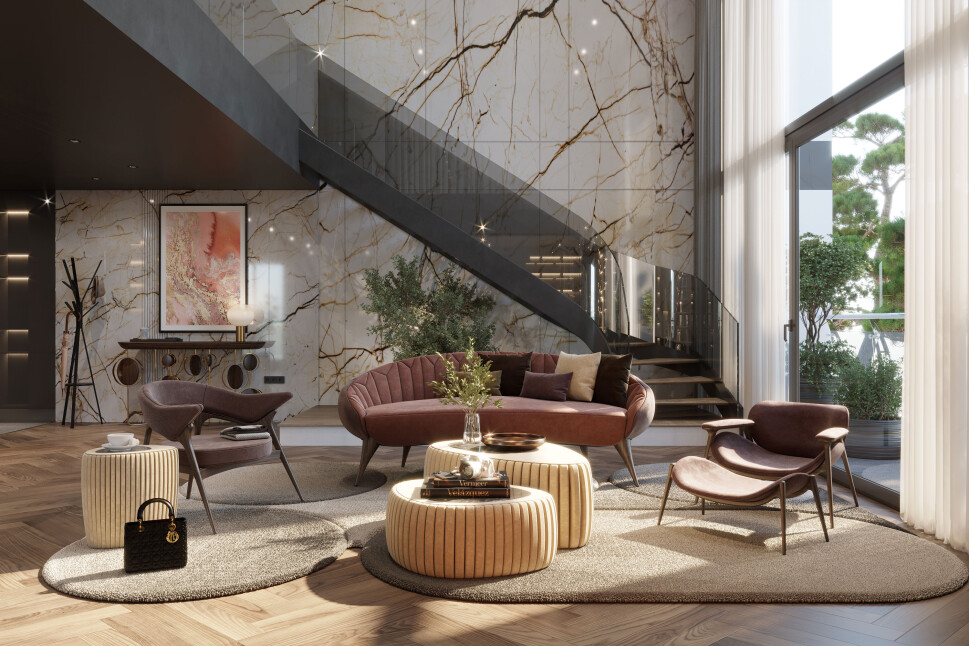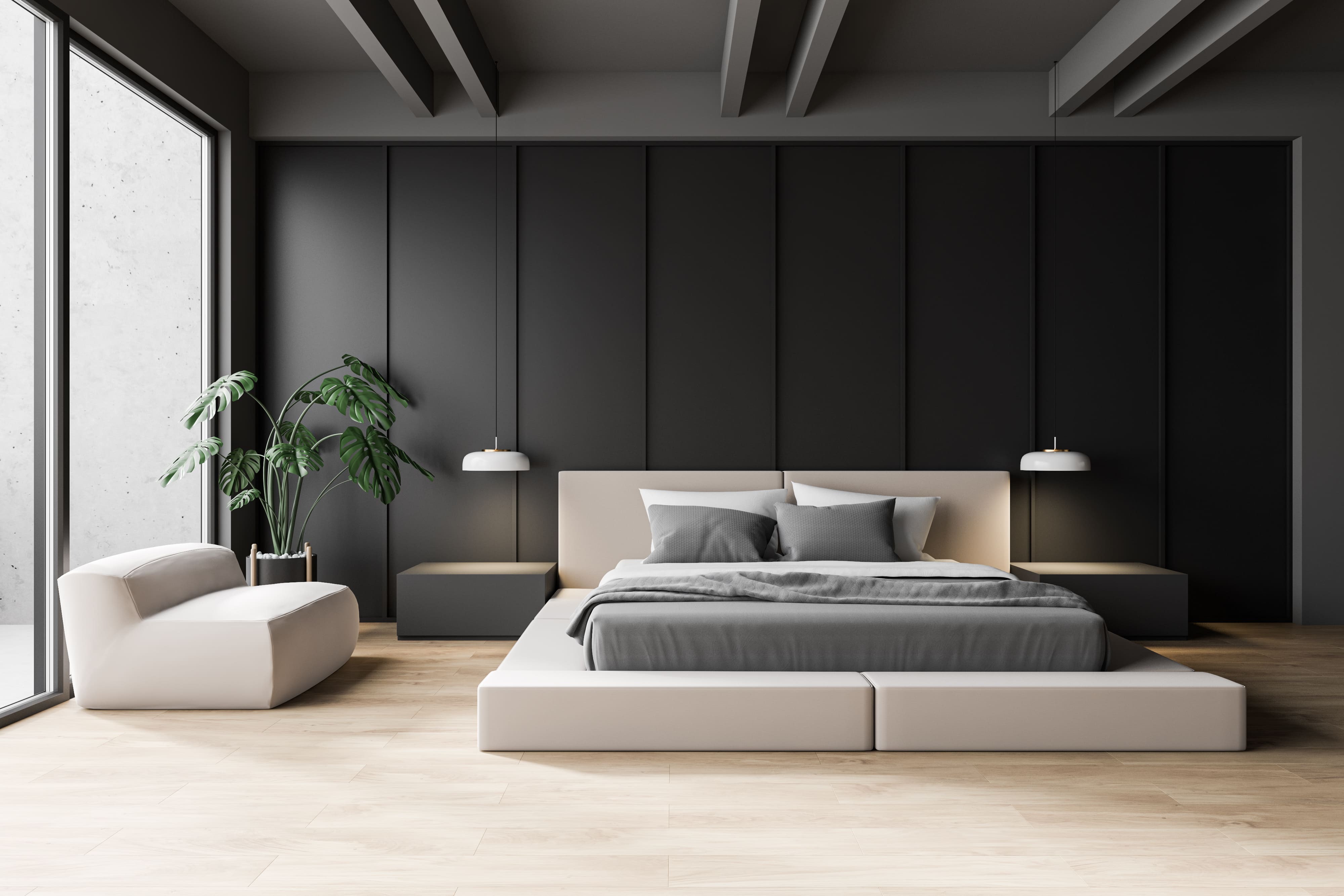Develop Distinct Rooms with Expert Interior Design Miami Techniques
Develop Distinct Rooms with Expert Interior Design Miami Techniques
Blog Article
Why Comprehending the Concepts of Interior Decoration Is Crucial for Effective Area Preparation
Understanding the principles of indoor design is basic to reliable space planning, as it prepares for developing environments that harmonize performance with aesthetic allure. Vital elements such as circulation, balance, and percentage are not just ornamental considerations; they are essential in enhancing exactly how a room is made use of. When these principles are attentively applied, the outcome is an atmosphere that motivates both performance and well-being. Yet, many neglect just how these ideas intertwine with functional applications, leading to missed possibilities in layout effectiveness. Exploring this connection discloses understandings that might change any type of area.
Significance of Room Planning
Space preparation is a basic element of interior decoration that significantly influences the performance and looks of an area. It entails the tactical setup of furnishings, components, and building elements to maximize using readily available room while improving the general individual experience. Effective room preparation addresses numerous elements, consisting of flow, ease of access, and the certain needs of the owners.
Among the main advantages of space planning is its capability to boost spatial effectiveness. Interior design Miami. By thoughtfully arranging a design, designers can ensure that every location serves a function, lowering clutter and promoting a feeling of order. Additionally, appropriate space planning promotes a harmonious environment, enabling smooth activity and communication within an area
Furthermore, effective room planning takes into consideration natural light, sightlines, and the partnership in between different locations. This holistic approach not only raises the visual charm but likewise contributes to the health and performance of the occupants. Inevitably, a well-executed room plan is crucial in developing a well balanced and inviting atmosphere, making it important for any kind of interior decoration task.
Trick Principles of Interior Style

One fundamental concept is equilibrium, which can be symmetrical, asymmetrical, or radial. In proportion balance creates a sense of order, while asymmetrical balance provides a more dynamic aesthetic allure. One more important principle is percentage and scale, ensuring that the size of furniture and decor components connect harmoniously to every various other and the total room.
Shade concept likewise plays a substantial duty, affecting state of mind and assumption. Designers utilize color palettes to stimulate certain sensations and boost the spatial experience. Furthermore, the concept of rhythm involves producing a sense of motion through rep of shapes, patterns, or colors, directing the eye throughout the room.
Lastly, the concept of focus routes interest to prime focus, enabling for a clear narrative within the layout. Interior design Miami. By adhering to these essential concepts, indoor developers can create atmospheres that not only meet functional requirements however also reverberate with the residents on an emotional level
Effect on Functionality and Circulation

The arrangement of furniture, the choice of products, and the integration of modern technology all play crucial functions in achieving ideal functionality. Putting seating areas in distance to work areas can assist in communication and cooperation, thus improving efficiency. In addition, guaranteeing that paths are unhampered and clear enables for reliable motion, reducing congestion and promoting a natural circulation throughout the area.
Additionally, integrating aspects such as lighting and shade can additionally assist in marking locations, making it simpler for individuals to navigate their environment. Thoughtful area planning considers not just the physical aspects of layout however additionally exactly how users interact with their environments. Ultimately, a concentrate on performance and circulation not just enhances the user see this here experience yet also elevates the general performance of the area, producing an environment that meets the demands of its residents while cultivating a feeling of harmony and balance.
Enhancing Visual Appeals and State Of Mind
Three crucial elements-- color, illumination, and structure-- play essential roles in boosting the aesthetic appeals and state of mind of an indoor area. Color develops the psychological tone; warm hues like oranges and reds evoke energy and warmth, while cooler shades such as blues and environment-friendlies promote peace and serenity. Choosing a harmonious shade palette can change a space, producing a aesthetically enticing and cohesive setting.
Structure includes deepness and passion, adding to the tactile experience within an area. A mix of structures-- smooth surfaces, plush fabrics, and all-natural materials-- can develop visual intrigue and improve comfort. Matching a soft velour couch with a streamlined glass coffee table can develop a well balanced visual that invites interaction.
Lighting, commonly an overlooked element, considerably influences mood. Natural light fosters an open, ventilated ambience, while strategically put man-made illumination see here now can create heat and emphasize building functions. Dimmer buttons allow versatility, enabling adjustments to fit various tasks or times of day.
Including these 3 components thoughtfully not just elevates the aesthetic charm of a space but additionally grows an environment that reverberates with its designated purpose, inevitably enriching the overall experience for its owners.
Practical Applications in Real Life
Applying interior decoration concepts in reality calls for a thoughtful technique that incorporates shade, texture, and illumination right into daily spaces. By recognizing how these components collaborate, individuals can develop atmospheres that are not just aesthetically appealing but unified and likewise practical.
For example, in a tiny living location, utilizing a light shade combination can make the room really feel larger and extra open. Strategic use mirrors can improve natural light and create an impression of depth. Including various appearances via textiles, such as rugs and cushions, can add heat and rate of interest without frustrating the detects.
Lighting plays an important function in specifying the atmosphere. Layered illumination, including ambient, job, and accent alternatives, enables versatility in state of mind setups. In a home workplace, for example, a combination of all-natural light, desk lights, and decorative fixtures can improve efficiency while preserving a welcoming ambiance.
In addition, comprehending spatial connections and furnishings plan can cause improved functionality. By adhering to principles such as equilibrium and proportion, one can ensure that areas offer their intended function while remaining aesthetically pleasing. Generally, functional applications of interior style principles significantly boost the livability and charm of any atmosphere.
Verdict
In verdict, understanding the principles of interior decoration is important for efficient space preparation, as it promotes an equilibrium between performance and visual appeals. By applying vital principles such as percentage, color theory, and circulation, designers can create atmospheres that enhance both use and aesthetic allure. Ultimately, this expertise contributes to the i thought about this advancement of rooms that not only meet useful demands but additionally boost the general ambience, bring about more satisfying and efficient experiences for customers.
Recognizing the concepts of interior style is fundamental to reliable area planning, as it lays the foundation for developing environments that harmonize capability with visual charm.Area planning is a fundamental aspect of interior layout that substantially influences the capability and aesthetics of a room. Additionally, appropriate space planning promotes an unified atmosphere, permitting for smooth movement and communication within a room.
Additionally, the concept of rhythm involves producing a sense of motion through repeating of patterns, forms, or shades, directing the eye throughout the area.
In conclusion, comprehending the concepts of indoor layout is critical for effective area preparation, as it fosters an equilibrium between capability and aesthetic appeals.
Report this page